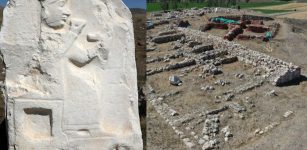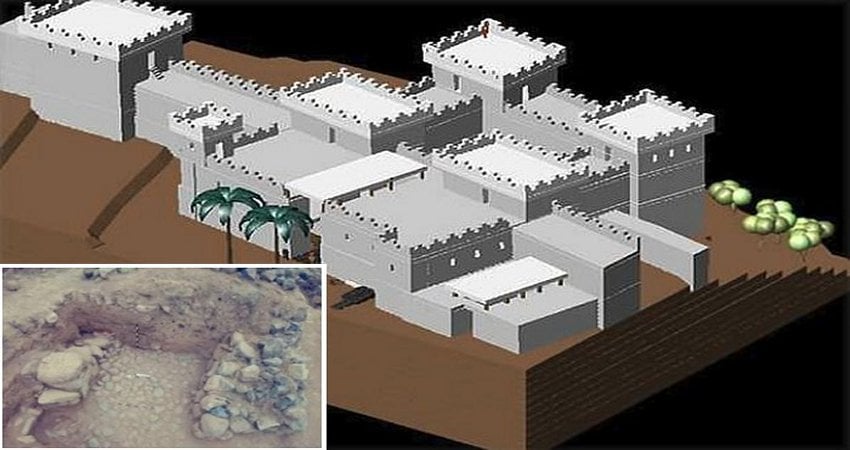Ancient Metal Torpedo-Shaped Cylinder Discovered On 2,000-Year-Old Antikythera Shipwreck
MessageToEagle.com – The 2,000-year-old Antikythera shipwreck discovered off the Greek Island yields more astonishing ancient treasures.
So far, more than 50 spectacular artifacts have been recovered from the ancient shipwreck resting under the ocean. Some of the artifacts include a bone or ivory flute, delicate glassware fragments, ceramics jugs, parts of the ship itself and a bronze armrest from what was possibly a throne. The large size of objects recovered at the primary wreckage site suggests that at least one ship was massive, akin to an ancient grain ship.
The shipwreck is still most famous for its remarkable Antikythera mechanism, a mysterious metal device the size of a wall clock.
Recent studies have revealed the Antikythera mechanism was a 2,000-year-old computer that ‘saw into future‘.
Now, divers have come across an ancient torpedo-shaped cylinder. According to scientists this very heavy, metal cylinder offers new insights into the maritime warfare of ancient times.
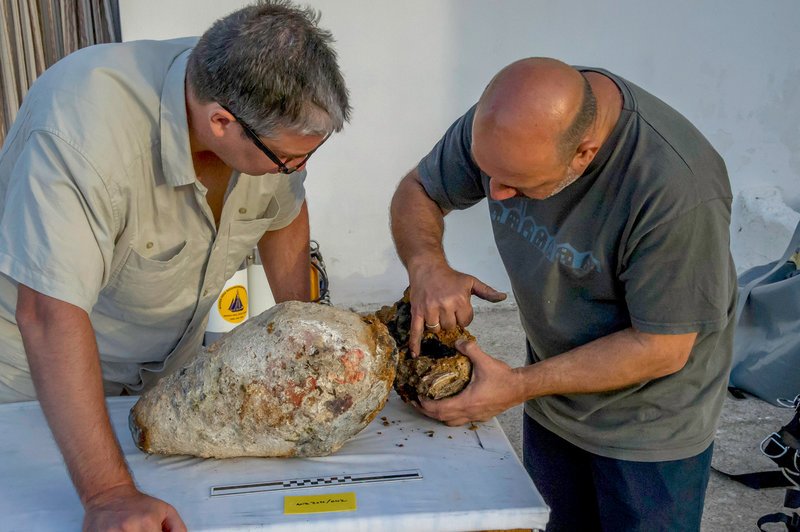
Brett Seymour/EUA/WHOI/ARGO
The cylinder was made of lead, and had a hole through it. No one knew what it was. When scientists tried to move it they noticed the object was very heavy.
See also:
Enigmatic Antikythera Mechanism Still Full Of Secrets
More Than 50 New Spectacular Artifacts Discovered From The Ancient Shipwreck of Antikythera
To unravel the mystery of the object aboard the Antikythera shipwreck, Brendan Foley, an archaeologist from the Woods Hole Oceanographic Institution started looking into ancient writings by the Greek historian Thucydides (460-395 BC).
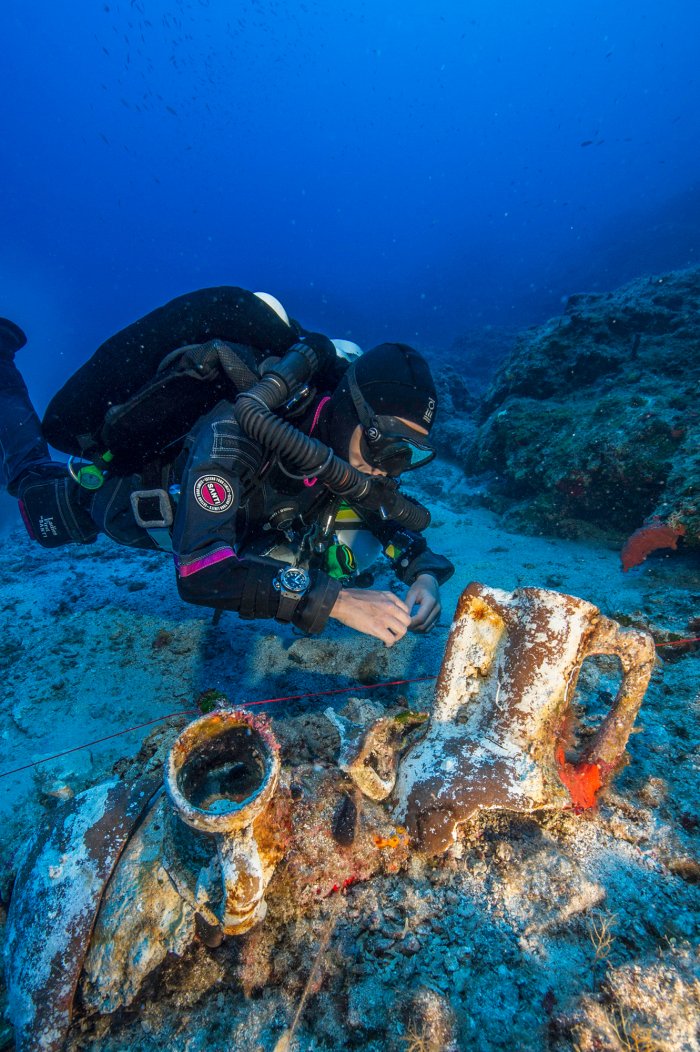
“He writes how the biggest ships in antiquity had these defensive armaments known as dolphins,” Foley says. “Of the 40 or 50 shipwrecks all around the Mediterranean, “there’s nothing like the Antikythera,” Foley added.
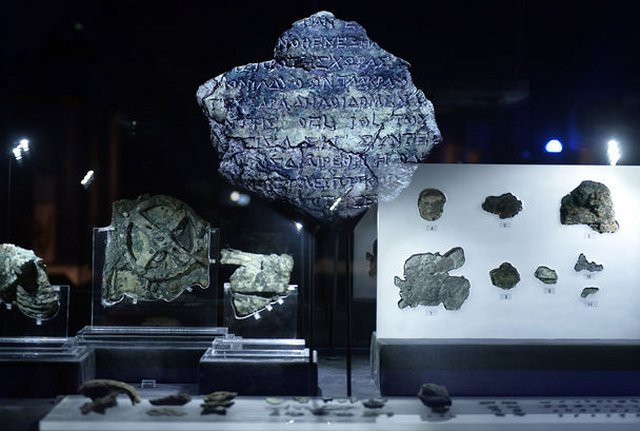
Today’s archaeologists suspect that when an enemy ship pulled alongside to board, sailors would hoist the dolphin up to their own yardarm, and then drop it on the enemy ship to put a hole in its hull.
“It would have been truly a wrecking ball,” Foley says, “and it’s the only one in existence if that’s what it is.”
The Antikythera shipwreck has given us a great insight into ancient maritime history and with even more modern advances in diving and scientific equipment, scientists believed the Antikythera wreckage had more secrets to reveal.
MessageToEagle.com

